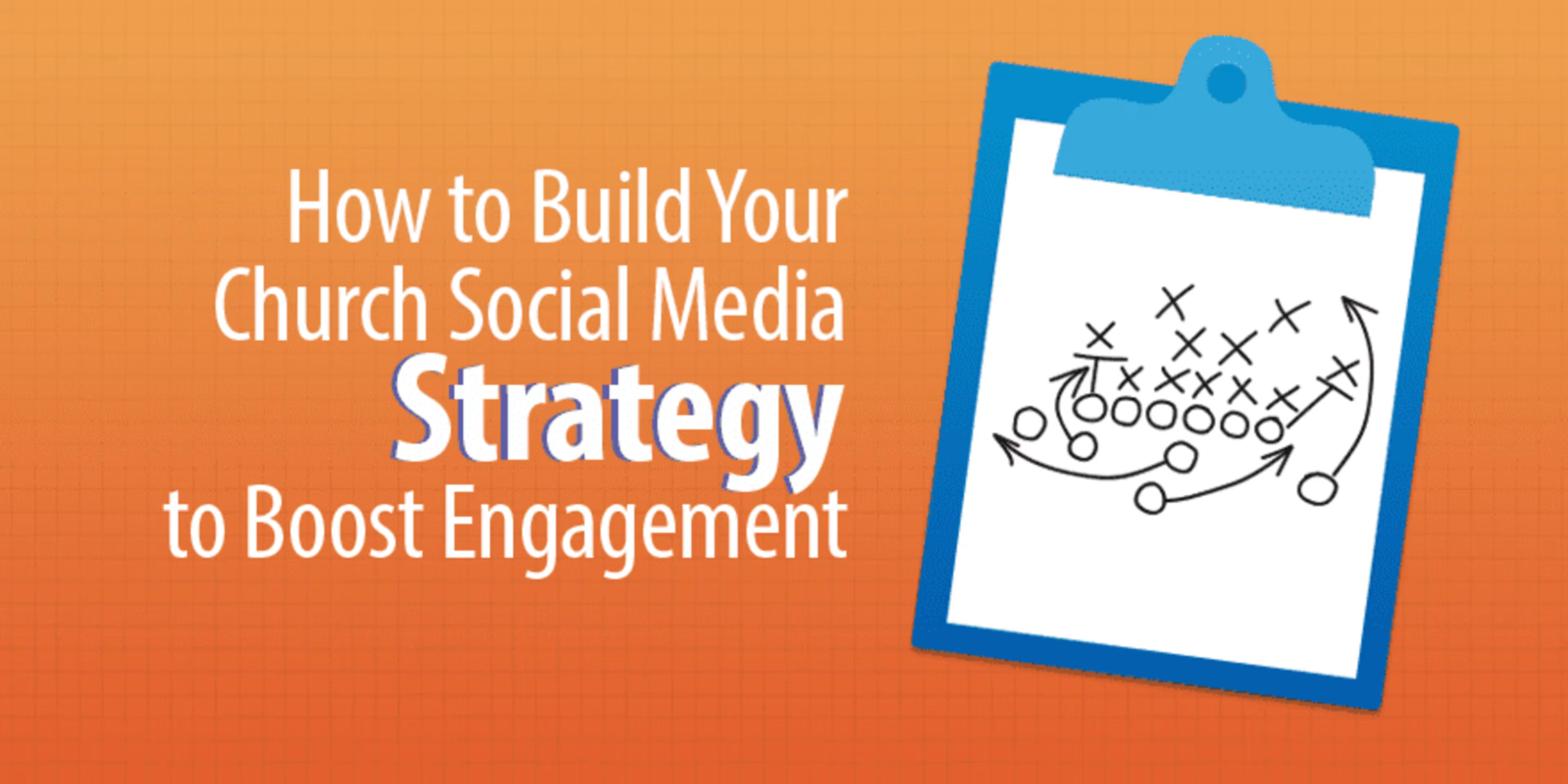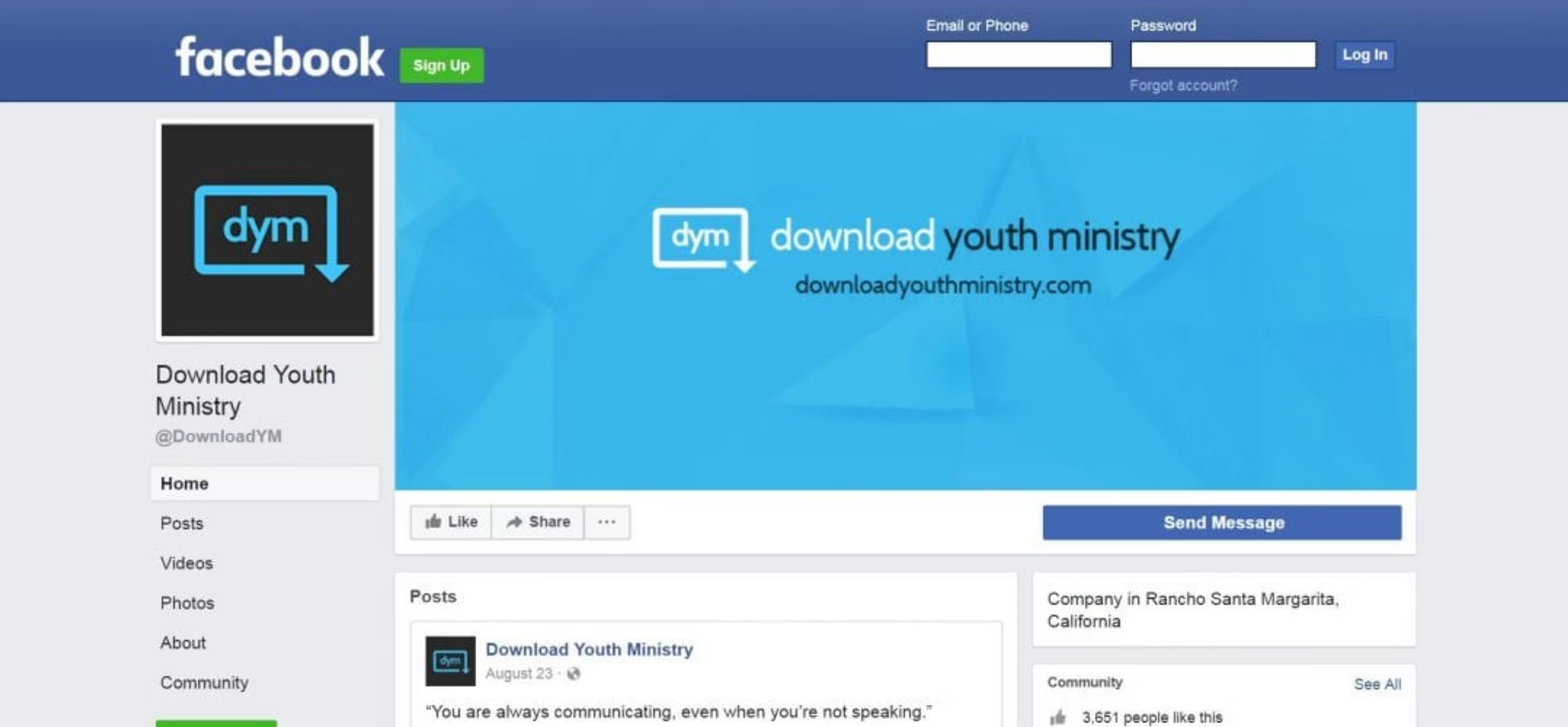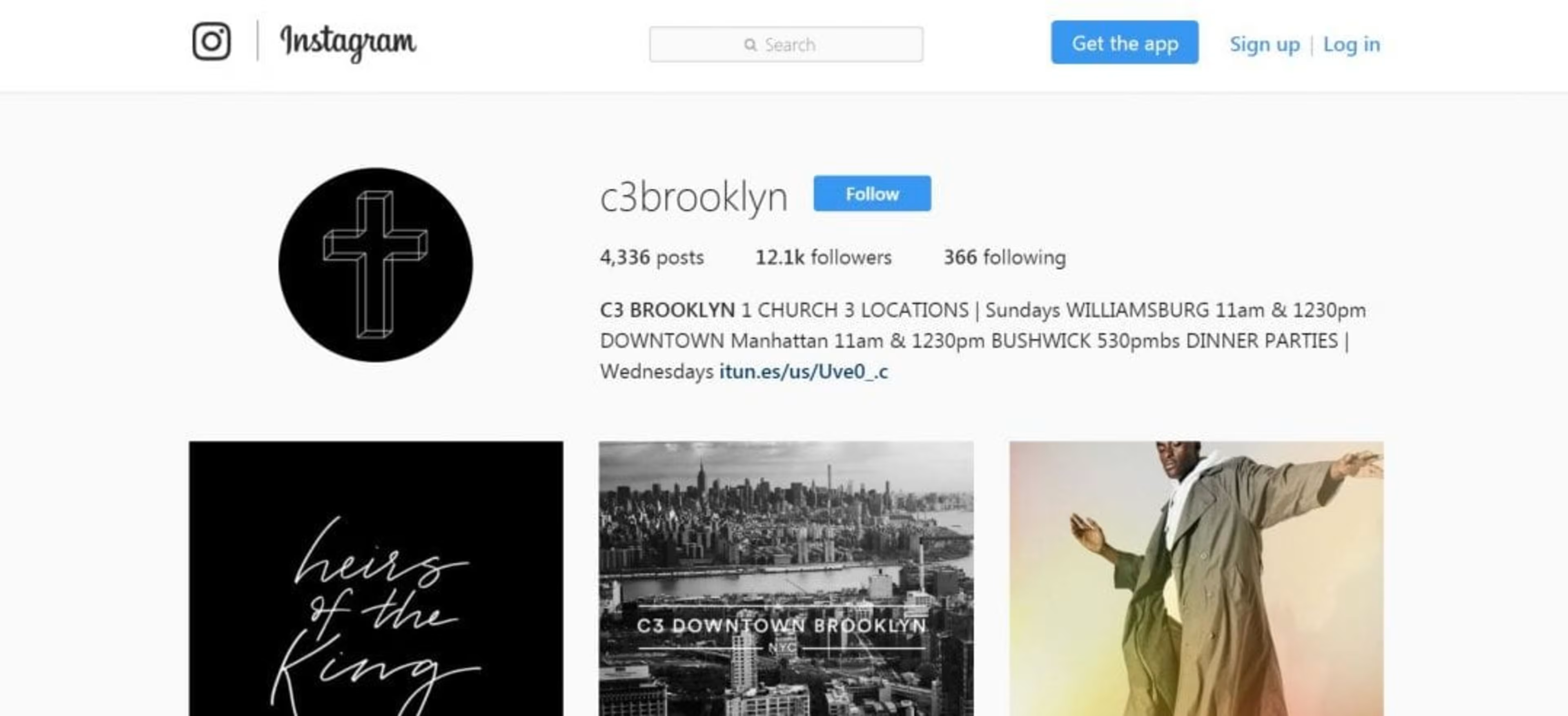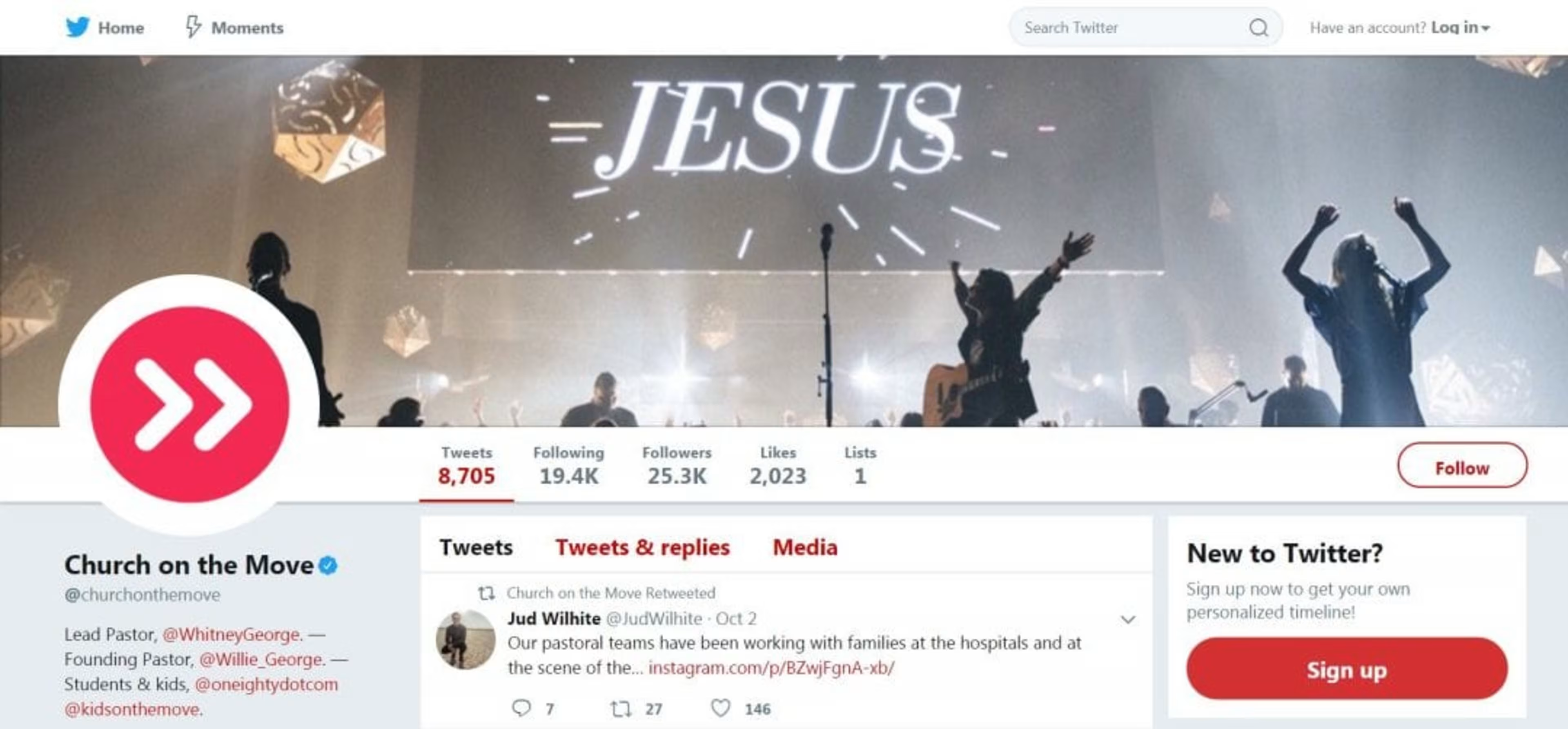Everyone's doing it. Your uncle is posting selfies on Facebook, your grandma is finding new recipes on Pinterest, and your hairdresser is attracting new customers by posting her work on Instagram.
As Erik Qualman, author of "Socialnomics" wrote, “Social Media isn't a fad, it's a fundamental shift in the way we communicate."
So why isn't your church taking advantage of social media and communicating with the world?
Maybe you started a Facebook page five years ago that you only update on the holidays, or your youth pastor posts Bible verses on Twitter once a month, but that doesn't cut it.
What you need is an actual church social media strategy.

As Brady Shearer of Pro Church Tools coaches, a church's social media strategy should focus on two fundamental purposes: engaging with your congregation, and reaching new people.
Here's some good news. Social media platforms are designed to be very easy to use for everyone, and some church management systems—such as ParishSOFT and FellowshipOne—have social media integrations built right in to make posting even easier.
Building your church social media strategy

The answer is everyone
The first step to building a church social media strategy is to choose your channels. It's important to pick a few and do them well rather than having eight different social media accounts and then neglecting them because it's too much work to keep them updated.
I've been part of the church social media community for about 10 months now, and I've learned a thing or two along the way.
For example, I can tell you that there really isn't much of a church community on LinkedIn. Facebook, Instagram, and Twitter on the other hand, all have active church communities with lively conversations happening everyday.
They're also used in some combination by virtually everyone with a smartphone, so if you're active on FIT (Facebook, Instagram, Twitter) you have a good chance of reaching people that aren't already aware of your church.
So lets focus on those three.
1. Facebook

Download Youth Ministry on Facebook
I've found that the best way for churches to engage the community on Facebook is to establish a space where dialogue is encouraged.
The best thing about Facebook—even more than Instagram and Twitter—is that the community will provide much of your content by starting conversations, posting pictures, and responding to each other.
For example, a member of your church posts a picture on your Facebook page from a church picnic they recently attended. Another member comments on that picture, "Nice hat, Margaret!"
Now you have a conversation going, your page is active, and all you had to do was provide the forum.
This isn't to say that you should just start your Facebook page, put up a few cover photos and a welcome message, let everyone know the page is active, then sit back with your feet up while it takes on a life of its own.
You'll still want to periodically be a part of the conversation yourself.
Here are some good ways to chime in:
Respond to conversations when you have something valuable to add
Post announcements for upcoming church events
Share prayer requests
Post pictures from recent church events (smiles are always good)
Ask conversation-starting questions based on this week's sermon
In other words, engage your community through your Facebook page, but also leave room for new voices to join in. And don't be shy. By interacting with other like-minded local organizations—commenting on their photos, liking their events, or sharing their posts—you can expand your reach beyond just those who already come to your church, to those who might in the future.
A few of my favorite Facebook groups are:
2. Instagram

C3 Brooklyn on Instagram
Instagram took the old saying, "A picture is worth a thousand words" and ran with it.
There's some room for words, through photo descriptions and comments from followers, but Instagram is all about the visuals. The formula has worked, as Instagram reportedly crested 800 million active users in September of 2017. That's far short of Facebook's 2 billion monthly users, but it's a massive user-base nonetheless.
Using Instagram isn't as simple as just dumping a bunch of photo or video files online, though. You'll want to make sure they're photos and videos that people actually want to see, so find a decent photographer at your church. Photographers, even amateurs, almost always want to share their work.
You also can't just let the photo speak for you. Hashtags are how your posts reach an expanded audience, so use them. Here's a guide, and these tips go for Facebook and Twitter, too.
In the past, you could only post to Instagram through a mobile app, but now you can also post from your desktop. If you have a Facebook account but not an Instagram account, you're in luck. You can quickly sign up for Instagram with your Facebook login because they play nice together.
What kind of stuff should you post on Instagram to boost engagement and make new connections? Pictures and videos:
...of your beautiful church building
...of your beautiful church visitors (smiles!)
...of your beautiful town
...of your fun events
As always, remember to let the conversation happen, but also contribute to it yourself by responding to comments and engaging with other Instagram users.
Finally, if you're really insistent on posting words instead of pictures, here's a little workaround: post graphics of inspirational quotes or scripture. A larger font can make them even more impactful.
Instagram makes it so easy to like and share photos that—if you create a visually striking image—you can quickly make an impression on thousands of people, including many that may have never even heard of your church before, until now.
Here are some churches that you can follow for inspiration, from Kenny Jahng:
3. Twitter

Church on the Move on Twitter
Believe it or not, Twitter isn't just for having heated political arguments with friends, family, and complete strangers.
Yes, you can also use the microblogging tool for positive communication.
The key to Twitter is keeping it short. And not just because brevity is the soul of wit, but because you have only 140 characters to work with. That can go fast when you're factoring in mentions and hashtags, in addition to what you wanted to say in the first place. Thankfully, media and links no longer count against your character limit.
Make sure you have a short bio and a quality photo on your Twitter profile. A picture of your church, your church logo, or a picture of people (smiles!) is fine. You actually get two pictures: a small profile picture, and a wide header image (perfect for landscapes or groups of people). But if all you have is that default egg icon, people will assume you're not active.
One great feature on Twitter is the retweet. Follow a bunch of people that you admire and respect, retweet their posts that resound with you the most, and respond when you have something to add to the conversation. The best part: All of this counts as fresh content on your page. Just remember to start conversations of your own every so often.
Here are some other good posts to keep your Twitter feed fresh:
Links to blog posts (written by you or others) relevant to your church
Abbreviated Bible verses and inspirational quotes
Pictures from church events
Random, passing thoughts, but use good judgement and steer away from controversy when possible. Did the local college football team win on Saturday? Have fun with it.
Also pay attention to local hashtags that other people in your area are using—a tool like Trendsmap can help—then use them yourself as a new way of connecting with the local community.
For inspiration, here are a few church-related Twitter accounts that do it right:
The Babylon Bee (this is a parody account, but it has a great tone)
Next steps
Now that you have a plan for boosting your church social media strategy, it's time to put it into action. Let me know what has worked well for you, and please share any church social media tips of your own in the comments.
Facebook, Instagram, and Twitter are three of the more popular social media channels, and work especially well for churches due to their simplicity and ease of use. But I'm also interested to hear about what other social media channels your church has had success with. Snapchat? Pinterest? Tumblr?
I love social media, so please follow me @CapterraAC to continue the church social media conversation!
Thinking about hiring a social media marketing agency for help boosting engagement for your church? Browse our list of top social media marketing agencies and learn more about their services in Capterra’s hiring guide.
Also, check out these articles for more information on church social media strategy: